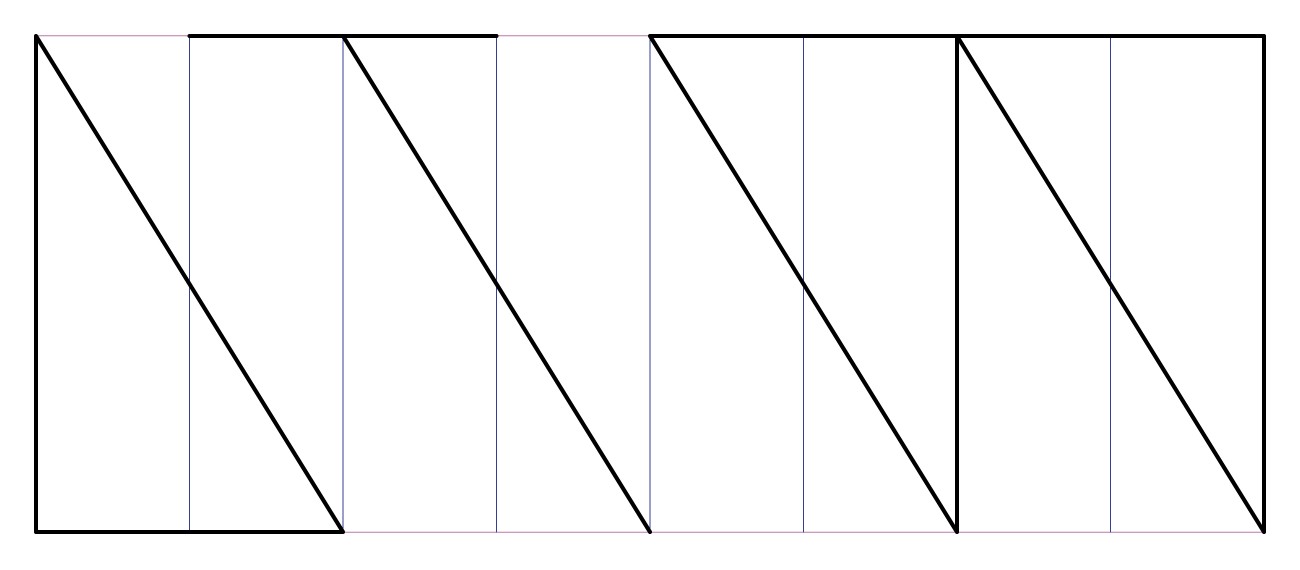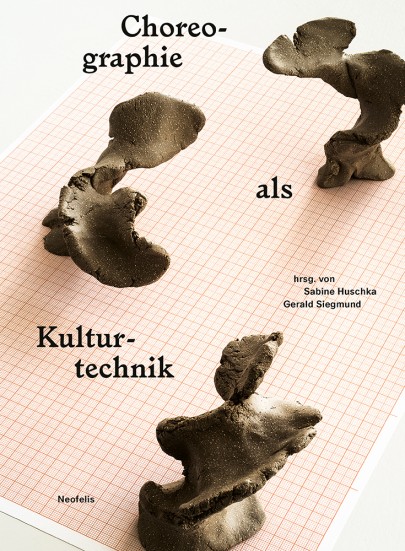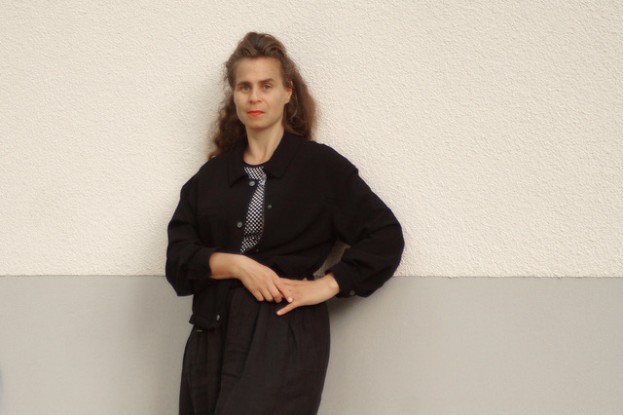Museum choreography: more than a metaphor? An Art Historical Perspective on Choreography as a Cultural Technique
Based on the observation that choreography and dance are omnipresent in art museums today, Lisa Beißwanger speaks in her article of a truly “museum choreography,” which historically has been accompanied by a second “dance boom” in museums. On the basis of a case study, the history of the Walker Art Centre in Minneapolis, USA, she shows, that with an increasing experiential orientation in the visual arts, museums, from the architecture to the exhibition program to the visitor service became more and more 'alive'. With the invitation of choreographer Merce Cunningham in 1972, who showed one of his events at the Walker, Beißwanger traces the various facets of this process of coming to life, which led to a new sensibility for the design of experience and thus contributed to a convergence of the curatorial and the choreographic. Dance-in-the-Museum concretizes through the possibilities and objectives of making the museum performative and experiential, the cultural-technical dimension of the choreographies realized in those choreographies.
Lisa Beißwanger: Museums-Choreographie: Mehr als eine Metapher? Eine kunsthistorische Perspektive auf Choreographie als Kulturtechnik, in: Huschka, Sabine; Siegmund, Gerald (Hrsg.): Choreographie als Kulturtechnik, Berlin: Neofelis 2022.
Choreography as a Cultural Technique – New Perspectives
The concept of choreography is currently undergoing a remarkable interdisciplinary expansion: choreography is being used as a qualitative instance for the analysis of the most diverse cultural, social and aesthetic practices and forms of life and appears in the light of a cultural technique. In this context, choreography marks the instance that can bring chaotic and confusing forms of movement into flow, order and regulate them. Choreography virtually takes on a culture-creating dimension, which makes us think of it as a cultural technique.
What potential does an understanding of choreography as a cultural technique hold? What culture-shaping options lie in the art of the choreographic and what does this mean for the concept of choreography, which correlates closely with the potentials of the body?
Against this background, the volume opens a critical examination of the functions, potentials, attributions, and promises of choreography. From the perspectives of cultural theory and sociology, dance, theater, media, and art studies, aesthetic and cultural implications of choreography are discussed and examined in the context of scenographies, memory techniques, exhibition conceptions, museum events, autobiographical designs, social formations, performance aesthetics, and digital tools.
Choreographies produce forms and shapes on the basis of their structural assemblages, which are medially mediated by notations, scores, and instructions for action. They have an aesthetic and cultural function of creating order. In addition, their art seems to possess an almost transformational power of organization, which knows how to 'structure' bodies, spaces and times with energetic forces. Choreography sometimes even appears as a culture-shaping instance, endowed with a gift of self-organization far removed from subject-centered influence.
Choreographie als Kulturtechnik
Neue Perspektiven
Sabine Huschka / Gerald Siegmund (Hrsg.)
Dt. / Eng.
Release date: 25.04.2022
ISBN (Print): 978-3-95808-343-1
ISBN (PDF): 978-3-95808-394-3




